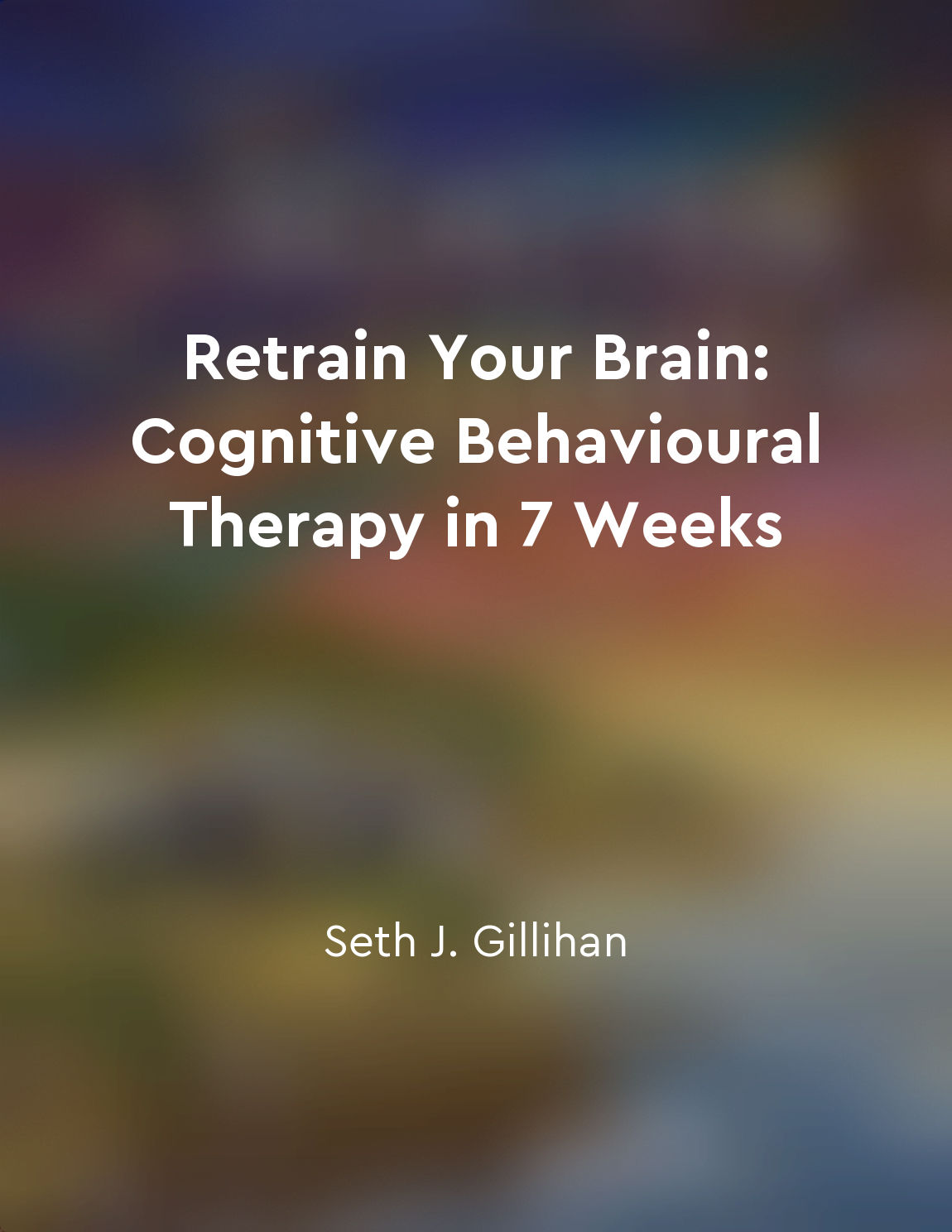Use relaxation techniques to manage anxiety from "summary" of Retrain Your Brain: Cognitive Behavioural Therapy in 7 Weeks by Seth J. Gillihan
When anxiety is running high, it can feel like we're in a state of constant alertness. Our minds are racing, our hearts are pounding, and we may feel tense all over. It's as if our bodies are stuck in fight-or-flight mode, ready to respond to any perceived threat. But by using relaxation techniques, we can help our bodies and minds calm down. Relaxation techniques are strategies that can help us reduce the physical and emotional symptoms of anxiety. They work by activating the body's relaxation response, which is the opposite of the stress response. When we're in a state of relaxation, our bodies release feel-good chemicals like endorphins and dopamine, which help to counteract the effects of stress hormones like cortisol and adrenaline. There are many different relaxation techniques that we can use to manage anxiety. One common technique is deep breathing, where we focus on taking slow, deep breaths to help calm our nervous system. Another technique is progressive muscle relaxation, where we systematically tense and then release different muscle groups in the body to promote relaxation. Other relaxation techniques include visualization, where we imagine ourselves in a peaceful and relaxing environment, and mindfulness meditation, where we focus on the present moment without judgment. These techniques can be practiced on their own or in combination, depending on what works best for each individual.- We can help train our brains to respond to stress in a more adaptive way. Instead of automatically going into fight-or-flight mode, we can learn to activate our body's relaxation response, promoting a sense of calm and well-being. Over time, these techniques can become a powerful tool for managing anxiety and improving our overall mental health.


